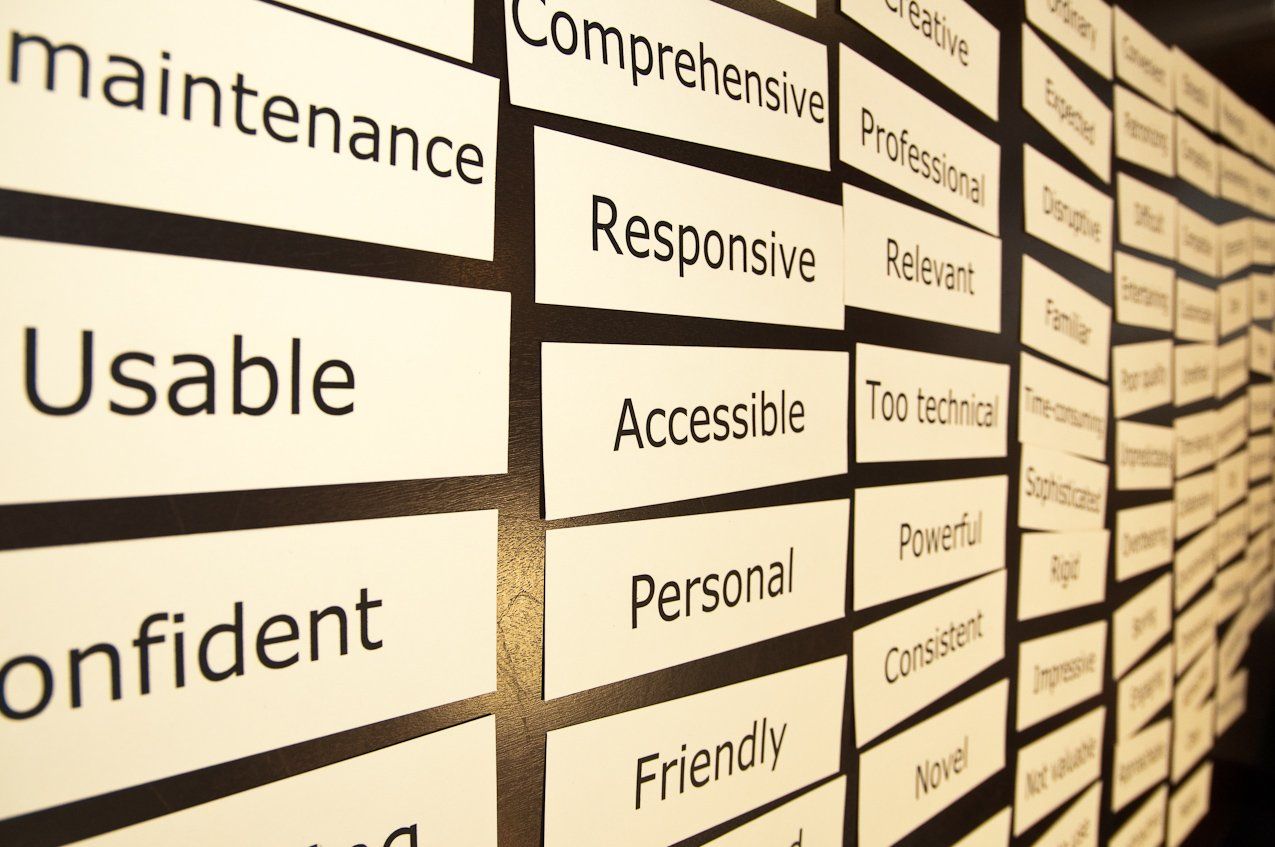The Science Behind Usability Testing: Why It Matters for Your Product’s Success
image source: https://measuringu.com/eye-tracking/
Creating products that users love isn’t just about good intentions; it’s about understanding their needs, behaviors, and challenges. That’s where usability testing comes in. At its core, usability testing is a powerful tool fueled by scientific principles and a data-driven methodology. It provides insights into how real users interact with a product, revealing opportunities for meaningful improvement. Regardless of your industry, mastering usability testing can make the difference between a product that succeeds and one that falls short.
Here, we’ll explore the science behind usability testing, its role in product development, and how it can drive your product’s success.
What is Usability Testing?
Usability testing is the process of observing real people as they use a product or prototype to complete specific tasks. The goal is to evaluate how easy it is for users to achieve their objectives and uncover any pain points in the process. This approach doesn’t rely on assumptions or opinions—it generates empirical data that you can act on.
The foundation of usability testing is rooted in cognitive psychology and human-computer interaction (HCI). It draws on principles such as
user-centered design, which places the user’s experience at the heart of the product development process.
The Scientific Method Applied
At its core, usability testing follows the structure of the scientific method:
Define the Hypothesis: What assumptions do you have about how your product works? For example, do you believe users will intuitively find the checkout button on your ecommerce site?
Gather Users: Recruit a representative group of test participants. These participants should closely match your product’s intended audience to yield insights that are both relevant and actionable.
Observe and Collect Data: Have participants complete tasks while you observe, either in person or using screen-recording tools. Quantify metrics like task success rate, time to complete tasks, and error rates.
Analyze Results: Identify where users struggled, and determine why. Use subjective feedback and comments from your participants to understand their actions. Are instructions unclear? Is the navigation unintuitive?
Iterate and Retest: Use the findings to tweak your design, then repeat the process to verify improvements. This iterative approach ensures solution-focused innovation. It roots recommendations in science, rather than personal guesswork.
Why Usability Testing Matters
The success of any product hinges on its ability to meet user needs. If potential customers can’t intuitively figure out how to use it, they’re unlikely to stick around. Usability testing helps you uncover these barriers long before the product goes to market.
1. Identifying Real User Needs
Usability testing is grounded in real-world use and ensures that your assumptions about your users align with reality. People aren’t always predictable, and user interactions often highlight preferences or challenges you didn’t anticipate.
For example, consider a healthcare app for tracking medications. If some users struggle to understand the app’s notifications reminding them to take pills, the usability test reveals this issue. By improving how notifications are designed, developers ensure users are less likely to miss doses.
2. Improving Product Design
Some factors critical to user satisfaction simply can’t be predicted without testing. Far too often, products are built on what developers think works, rather than what the user actually finds functional.
Take the design overhaul of the zero-calorie sweetener, Splenda. During its initial usability study for packaging, users demonstrated confusion over how to tear open the packets cleanly. Armed with this finding, the company redesigned the tear strip, vastly improving user experience. The result? Higher customer satisfaction—and increased sales.
3. Enhancing User Satisfaction
Users who can complete tasks smoothly and efficiently are more likely to have a positive experience with your product. Positive experiences not only drive loyalty but also encourage users to become advocates for your brand. Usability testing pinpoints frustrations, allowing you to address them before they tarnish your product’s reputation.
Examples of Success Fueled by Usability Testing
Airbnb
Airbnb’s rapid growth wasn’t just fueled by a great idea—it was backed by deep usability research. Their team found that hosts struggled to understand how to upload photos, a crucial part of their listing setup. After simplifying this process, Airbnb improved host satisfaction and increased the number of listings, helping the platform scale.
Dropbox
Dropbox famously simplified the process of storing and sharing files. Early usability tests revealed that people were confused about how files synced to the cloud. To combat this, Dropbox introduced simple visuals and a drag-and-drop interface. This change became the backbone of their user-friendly appeal.
The Pitfalls to Avoid
While usability testing is instrumental to success, certain common mistakes can hinder its effectiveness:
Testing Too Late: Waiting until the final stages of development leaves little room for improvement. The earlier you incorporate usability tests, the easier it is to adapt and optimize your design.
Skipping Realistic Scenarios: Testing needs to simulate how users interact with the product in their everyday environment. Artificial or overly guided scenarios may leave blind spots.
Ignoring Small Sample Sizes: Even a small group of 5-7 participants can yield meaningful patterns. You don’t need hundreds of users to identify major pain points.
Failure to Act on Results: Insights are only as valuable as the actions they inspire. Make sure your team is ready to incorporate findings into tangible design changes.
Common Usability Testing Methods
Here are four widely used techniques that bring rigor and reliability to usability studies:
- Moderated Testing
A researcher directly interacts with participants and moderates the session. This method allows for deeper insight into user thoughts but requires experienced facilitators to avoid introducing bias. - Unmoderated Testing
Participants complete tasks independently while tools record their screen activity and emotional responses. It’s cost-effective and good for observing unbiased behaviors. - A/B Testing
Participants compare two variations to determine which performs better. This method helps fine-tune specific elements, be it layout, navigation, or calls to action. - Heatmaps and Click Tracking
These tools visually map which areas of your app or website users spend the most (or least) time on. They’re invaluable for refining navigation and feature accessibility.
Wrapping it Up
The science of usability testing offers an objective lens to evaluate and improve your product. From mitigating risks to delighting customers, it equips developers, designers, and product managers with the insights needed to create user-friendly, successful products.
If there’s one takeaway, it’s this: Don’t treat usability testing as a nice-to-have—it’s a must-have. The more you invest in gaining user insights, the closer you’ll get to delivering a product that exceeds expectations. Whether you’re launching an app, designing a medical device, or building an everyday consumer product, usability testing paves the path to success.

Carol Barnum
Carol brings her academic background and years of teaching and research to her work with clients to deliver the best research approaches that have proven to produce practical solutions. Carol’s many publications (6 books and more than 50 articles) have made a substantial contribution to the body of knowledge in the UX field. The 2nd edition of her award-winning handbook Usability Testing Essentials is now available.





